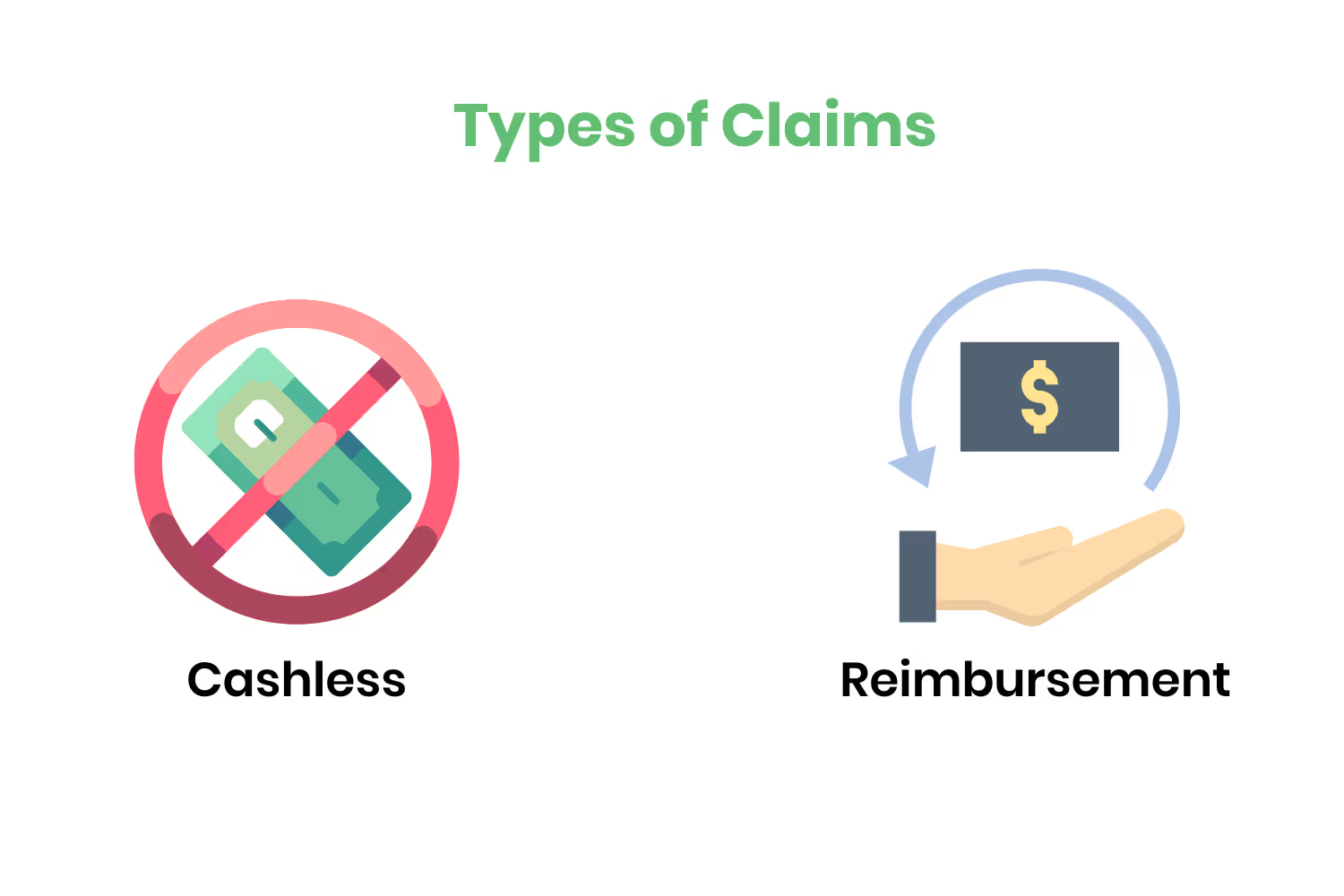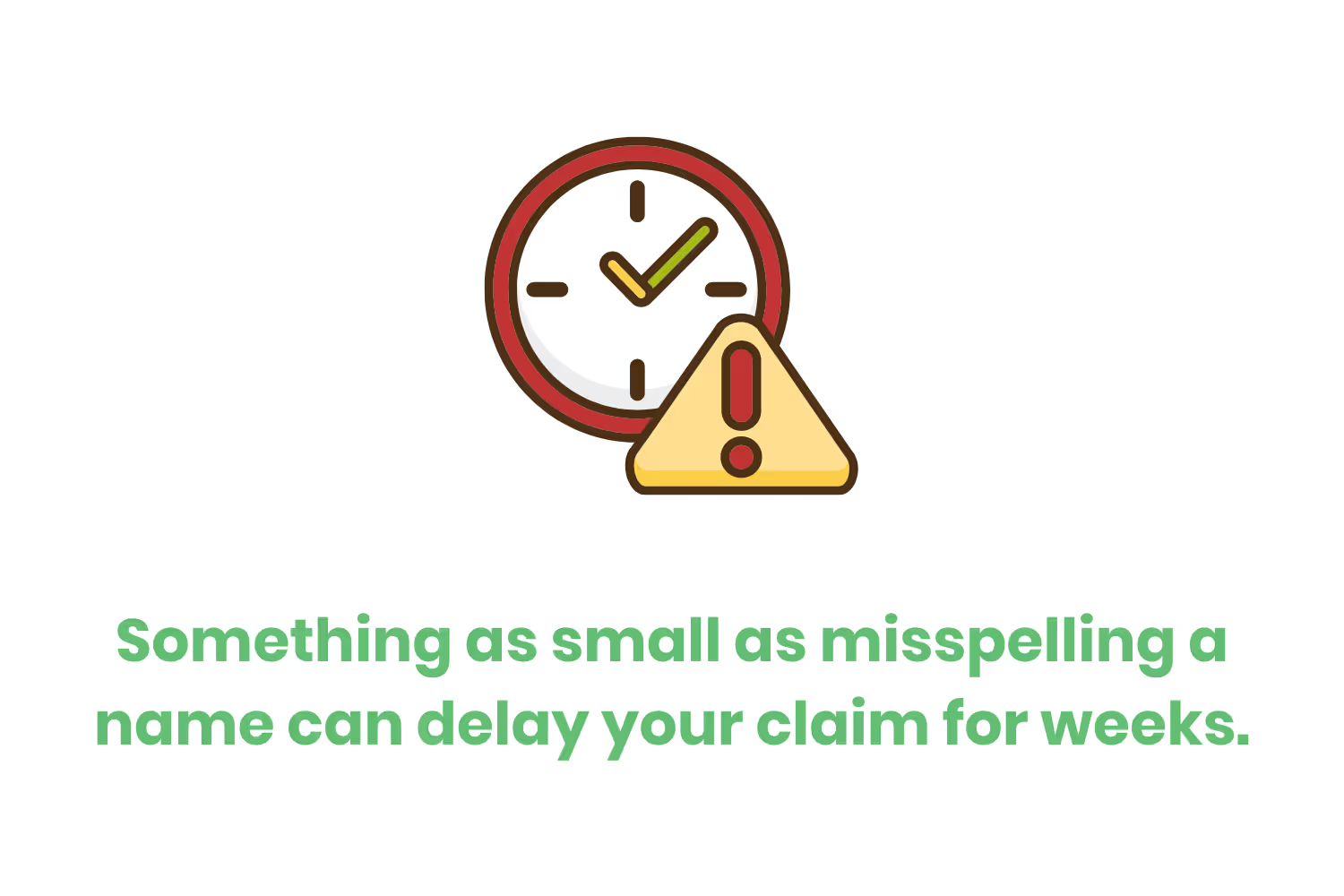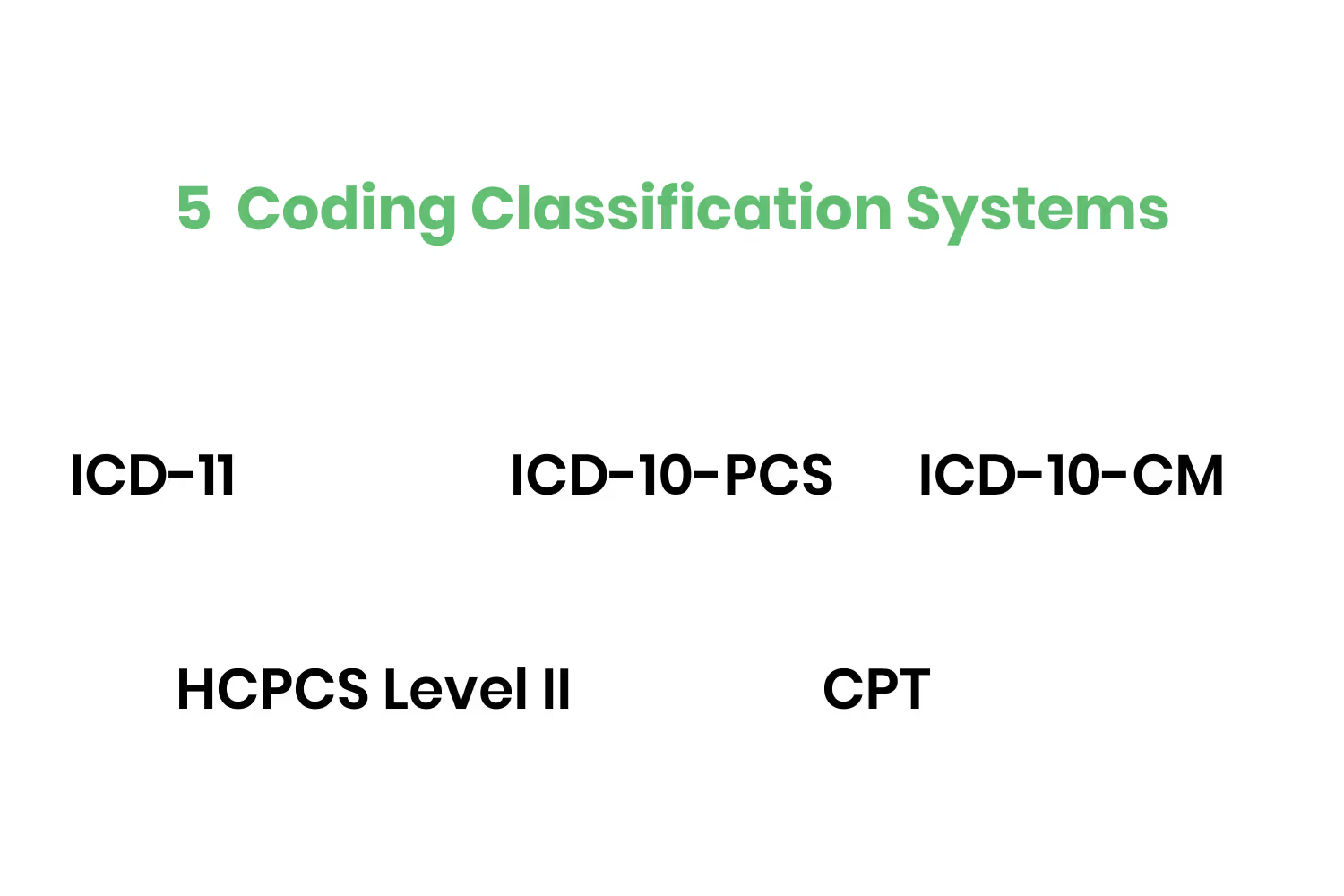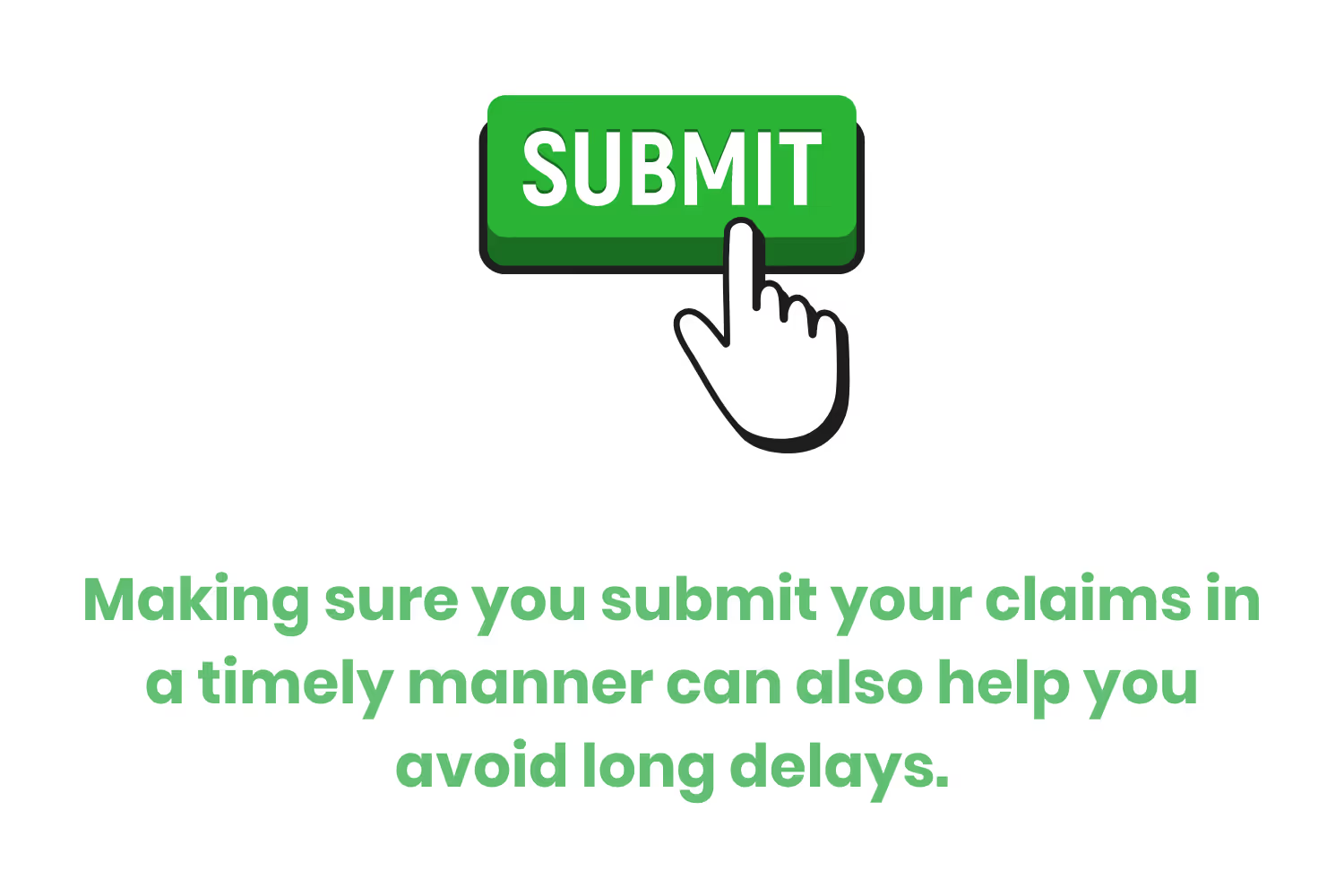[ANSWERED] How Do I Know if My Claim Was Approved?
If you can account for claim delays before they happen and manage to be aware of a claim’s status through the submission and reimbursement processes, you’ll save both time and money. Here are our tips on how to know if your claim was approved are here.

Imagine, you just started your dream office manager job with a new provider and the time to submit a claim has finally come. You’re pretty sure that there’s nothing wrong with what you submitted to a payer. The information you gave, the time frame in which you submitted was correct, and so you expect a relatively quick return.
A few days go by and you still haven’t heard back about the status of that claim. You notice that there hasn’t been any activity in the practice’s bank account, so you’re getting nervous.
What happened to the claim? Why is there such a delay in the processing? Is there something that needs fixed? Maybe there’s a best tip you need to keep in mind so that you don’t run into this issue again?
You’re not alone in this! Most healthcare providers will usually agree that the journey to a timely claim filing can be tedious and frustrating.

But, taking the time to understand and streamline this process is very important, but can feel like a job within itself. If you can account for delays before they happen and manage to be aware of a claim’s status through the submission and reimbursement processes, you’ll save both time and money.
Have no fear, our tips on how to know if your claim was approved are here.
Types of Claims
Before I break down and provide you with all of the necessary information you need to ensure the status of the claims you submit, we need to establish some common ground.
There are two general buckets that claims tend to land in…cashless and reimbursement.
Cashless Claim
A cashless claim is when a policy holder’s medical and/or treatment bills settle directly between an insurance company and their in-network hospital.
Any charges that are beyond the set limitations of the health insurance policy have to settle between the insured and the hospital.
Reimbursement Claim
If the patient chooses to seek treatment in a non-listed hospital or an out-of-network hospital, he or she will need to pay the bill first before seeking reimbursement from their insurance company.

Common Claim Delays
You’re probably wondering why you’ve been waiting so long for to hear back regarding the status of the claim you submitted. Was it approved or denied? Health insurance companies can sometimes be slow when processing claims.
In some cases, a delay in a health insurance claim is due to the payer investigating the claim and finding that it doesn’t fall under the scope of the health plan’s coverage.
Sometimes, those delays are simply due to miscommunication or missing information. Each health care plan has its own set of guidelines to follow while submitting a claim. In other words, it isn’t unheard of for an insurer to lose vital claim information throughout their process.
Delay 1: Additional Information Needed
As already mentioned, health care plans each have their own specific guidelines on the information needed to submit a claim.
These guidelines will usually address the following items:
- Name of the insurance company.
- Name of the plan holder.
- Group ID number.
- Whether the injury or illness is work-related.
- Date of the medical service.
- Services and/or procedures correspond with proper medical codes.
- Itemized charges for each treatment or procedure.
Something as small as misspelling a name can delay your claim for weeks.
Sending your claim to a clearinghouse before submitting it to the payer can save you both time and money. If incorrect information exists within a claim, a clearinghouse can catch this mistake and alert you to this faster than waiting on a payer to deny it.

Delay 2: Coding Mistakes
Welcome to the world of medical coding!
There are five major types of coding classification systems that medical coding professionals use:
- ICD-11
- ICD-10-CM
- ICD-10-PCS
- CPT
- HCPCS Level II
If you don’t work in the medical coding field, this will probably mean nothing to you. However, making sure that the correct codes are being used before submitting a claim can mean the difference between a quick return of the claim or a delay.
In many cases, sloppy documentation by physicians or other healthcare professionals is the reason for incorrect medical coding. When it’s difficult for medical billing specialists to read handwriting and assign the right codes, this can lead to mistakes and undercoding.
Of course, if you were to ask physicians about this they would beg to differ and instead insist the miscommunication stems from hurried intake by the billing specialist. After all, entering incorrect information for providers is one of the most common mistakes. This is true especially in the case of emergencies when gathering data isn’t the priority during a medical visit and can cause issues down the road.

There are times when specialists use separate codes for linked procedures when there should be a single code used. The technical term for this scenario is ‘unbundling’. Which is an illegal act that can not only increase your total claim amount but can inflate your profit.
Spending time to make sure your billing department receives proper training and is up to date on coding best practices is a worthwhile investment if I haven’t made that obvious enough by now!
In an event that your team accidentally upcodes a patient, or uses a billing code for a more complicated or expensive service than what actually happened, this can cause a claim delay as well.
On top of a delay since more serious codes call for larger payments, this illegally inflates your revenue too.
Just when you thought there could be no more coding mistakes, here are a few more. The opposite of upcoding is, you guessed it: undercoding. This happens when patients are not billed for all of their treatments and/or services. Sure, the patient might not have a complaint with this, but the payer will.
This isn’t a comprehensive list of coding errors, but it's sure to get you thinking about future claim delays and how to prepare to submit them.
Delay 3: Late Submission of Claims
This might be an obvious statement, but making sure you submit your claims in a timely manner can also help you avoid long delays. This time frame can depend on the insurance used by the patient.
If you’re unsure about a specific insurance company’s filing limits, health insurance companies will publish provider manuals with information regarding submitting claims.
These will contain different kinds of information on claim submission and reimbursement processes, including any defined timely filing limit.

Delay 4: Prior Authorization Requirement
Prior authorization, sometimes called precertification or prior approval, is another important factor to take into consideration if you want to avoid lengthy delays.
There are times when payers will require this cost-control process in which providers must receive permission from a health plan before delivering a specific service to the patient to qualify for payment coverage.
In other words, if a physician prescribes a more expensive drug to a patient when a cheaper drug that treats the same illness is available, a health care plan may need to know why that physician can’t use the cheaper medication. If the provider is able to show that the expensive drug is the better option, it may then be pre-authorized.
If the prior authorization process doesn’t happen, all of the claims that didn’t go through the same will come back as a denial.Trust me, you don’t want to deal with prior authorization denials.

Real-Time Claim Status Checks
I have to come clean on something. We’ve only just scratched the surface when it comes to claim delays. There are so many other factors that could go wrong during your revenue cycle that could have an significant impact on your cashflow.
At the end of the day, a delayed claim means that you’re not getting paid when you should.
Worse yet, it takes almost an entire week after you submit a claim to a payer before they tell you why it’s delayed. Talk about making it difficult to predict your revenue.
Sounds pretty hopeless, right?
Well, Etactics provides a real-time claim status service that allows for organizations to see what’s happening with their submissions once they’re sent to a payer. That way, you can spot common claim mistakes before they happen and better predict your cashflow.
Conclusion
Claim delays aren’t the end of the world, but they can be a huge pain and a drain on your resources. It is always helpful to go into filing a claim with as much information as possible to avoid possible delays and denials. When you are unsure of a claim and if it will be accepted, your only option isn’t just to submit it and keep your fingers crossed.
As I mentioned earlier, sending your claims through a clearinghouse is a great way to avoid unnecessary delays and keep your revenue cycle flowing smoothly.
This method of sending patient information to a clearinghouse allows you to receive notification on any corrections that you might need before they’re filed with the insurance company. Having a better insight on your claim filing process will not only save you time and headaches, but also money!
Emphasize your product's unique features or benefits to differentiate it from competitors
In nec dictum adipiscing pharetra enim etiam scelerisque dolor purus ipsum egestas cursus vulputate arcu egestas ut eu sed mollis consectetur mattis pharetra curabitur et maecenas in mattis fames consectetur ipsum quis risus mauris aliquam ornare nisl purus at ipsum nulla accumsan consectetur vestibulum suspendisse aliquam condimentum scelerisque lacinia pellentesque vestibulum condimentum turpis ligula pharetra dictum sapien facilisis sapien at sagittis et cursus congue.
- Pharetra curabitur et maecenas in mattis fames consectetur ipsum quis risus.
- Justo urna nisi auctor consequat consectetur dolor lectus blandit.
- Eget egestas volutpat lacinia vestibulum vitae mattis hendrerit.
- Ornare elit odio tellus orci bibendum dictum id sem congue enim amet diam.
Incorporate statistics or specific numbers to highlight the effectiveness or popularity of your offering
Convallis pellentesque ullamcorper sapien sed tristique fermentum proin amet quam tincidunt feugiat vitae neque quisque odio ut pellentesque ac mauris eget lectus. Pretium arcu turpis lacus sapien sit at eu sapien duis magna nunc nibh nam non ut nibh ultrices ultrices elementum egestas enim nisl sed cursus pellentesque sit dignissim enim euismod sit et convallis sed pelis viverra quam at nisl sit pharetra enim nisl nec vestibulum posuere in volutpat sed blandit neque risus.

Use time-sensitive language to encourage immediate action, such as "Limited Time Offer
Feugiat vitae neque quisque odio ut pellentesque ac mauris eget lectus. Pretium arcu turpis lacus sapien sit at eu sapien duis magna nunc nibh nam non ut nibh ultrices ultrices elementum egestas enim nisl sed cursus pellentesque sit dignissim enim euismod sit et convallis sed pelis viverra quam at nisl sit pharetra enim nisl nec vestibulum posuere in volutpat sed blandit neque risus.
- Pharetra curabitur et maecenas in mattis fames consectetur ipsum quis risus.
- Justo urna nisi auctor consequat consectetur dolor lectus blandit.
- Eget egestas volutpat lacinia vestibulum vitae mattis hendrerit.
- Ornare elit odio tellus orci bibendum dictum id sem congue enim amet diam.
Address customer pain points directly by showing how your product solves their problems
Feugiat vitae neque quisque odio ut pellentesque ac mauris eget lectus. Pretium arcu turpis lacus sapien sit at eu sapien duis magna nunc nibh nam non ut nibh ultrices ultrices elementum egestas enim nisl sed cursus pellentesque sit dignissim enim euismod sit et convallis sed pelis viverra quam at nisl sit pharetra enim nisl nec vestibulum posuere in volutpat sed blandit neque risus.
Vel etiam vel amet aenean eget in habitasse nunc duis tellus sem turpis risus aliquam ac volutpat tellus eu faucibus ullamcorper.
Tailor titles to your ideal customer segment using phrases like "Designed for Busy Professionals
Sed pretium id nibh id sit felis vitae volutpat volutpat adipiscing at sodales neque lectus mi phasellus commodo at elit suspendisse ornare faucibus lectus purus viverra in nec aliquet commodo et sed sed nisi tempor mi pellentesque arcu viverra pretium duis enim vulputate dignissim etiam ultrices vitae neque urna proin nibh diam turpis augue lacus.



![[ANSWERED] What is a Long-Term Care (LTC) Pharmacy](https://cdn.prod.website-files.com/67e2b8210878abcba6f91ae6/68d687806a075a1cf64659b0_WhatisLongTermCarePharmacy_925.avif)
